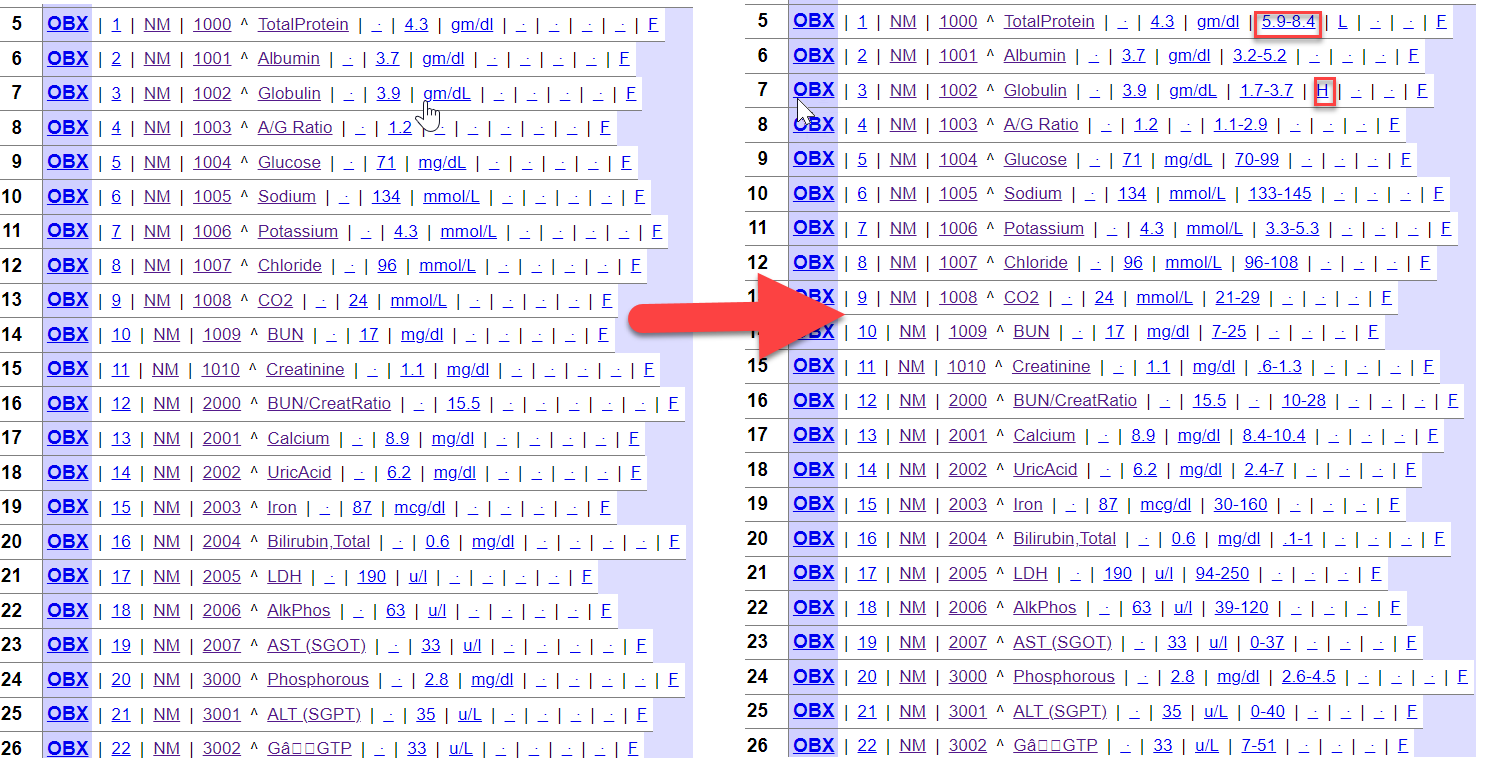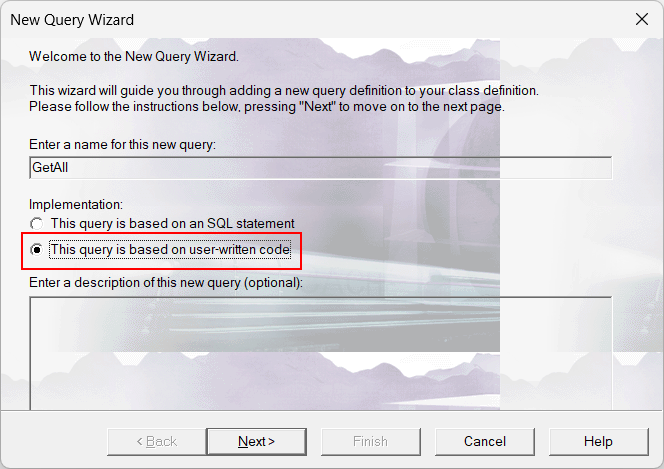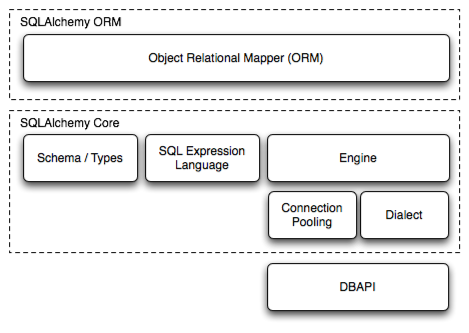InterSystems IRIS 2020.1 brings a broad set of improved and new capabilities to help build important applications. In addition to the many significant performance improvements accrued through 2019.1 and 2020.1, we are introducing one of our biggest changes in recent SQL history: the Universal Query Cache. This article provides more context on its impact to SQL-based applications at a technical level.

.png)



 .
..png)